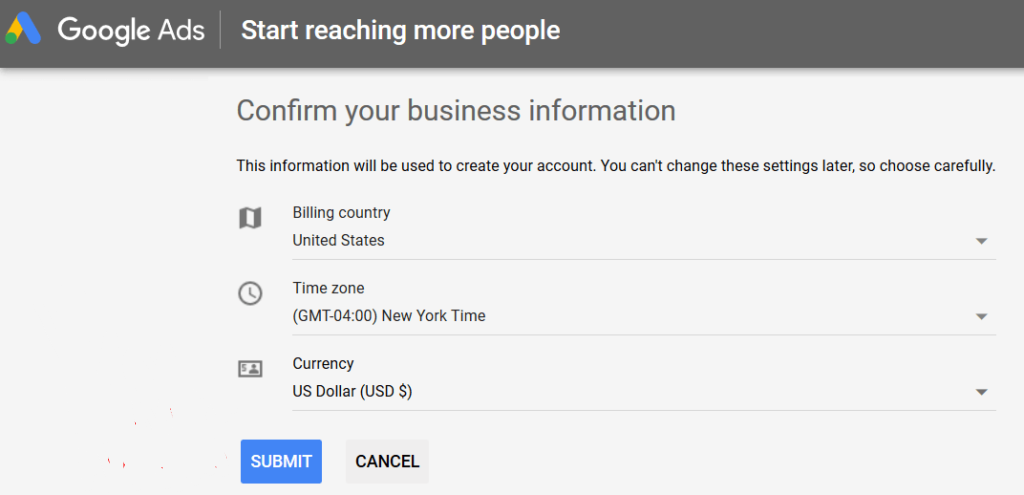
Self-promotion is a common situation when you start a website for business. The development of a web resource in terms of SEO begins with the collection of semantics. Creating a semantic core is an indispensable process of successful promotion and optimization of each site.
Despite the apparent ease of keyword selection and the availability of a wide range of tools that can greatly facilitate this procedure, the complexity and volume of this work is difficult to exaggerate. In addition, many people underestimate the possible positive effect achieved through the proper construction of semantics, believing that the highest conversion site brings only high-frequency queries.
Also, we’d like to recommend you WPGlob, our partner. WPGlob is an online platform where you can find all the answers to all of your WordPress related questions, useful plugin tutorials and best plugins listings.
Definition and Basics

Many definitions can be found on the Internet. If we take as a basis the main theses, the semantic core is a set of words and their morphological variants, phrases, indicating the services or products that are offered by the site.
That is, it is a base of words that are distributed throughout the site and for which the site will be promoted. Semantic kernel:
- Covers the subject of the site
- Takes into account the interests of users
- Reflects the business objectives of the project
So, every beginning SEO-specialist or website owner faces the need to collect the semantic core. It should be immediately noted that the “keys” should be as much as possible, because the general queries that are mainly searched by users do not lead to the target audience, but the most seemingly unassuming queries often become the cause of increased attention from potential customers. This is necessary in order to:
- Form or change the structure of the site
- Distribute requests across all pages
- Add new relevant pages
For proficient optimization and effective SEO collection of semantics should be qualitative and detailed. Read our instructions to understand the tools and services for gathering keywords on the site.
Google Keyword Planner

You may use Google Keyword Planner to find fresh keyword ideas and blog post subjects, as well as improve your search engine rankings. However, if you’re new to the tool, it can be a little tricky to find out how to utilize it. You’ll need a Google account before you can use Google Keyword Planner. It takes a few minutes to create an account if you don’t already have one.
Go to the Google Ads home page and select Start Now after you’ve registered an account.
To sign in, select your Google account. Google Ads will prompt you to create a campaign after you sign in. Make a new account without creating a campaign.

After successfully achieving that, click Tools & Settings in the right upper corner to access Google Keyword Planner. Then, under Planning, select Keyword Planner from the drop-down menu. It contains all the necessary tools to
Although Google Keyword Planner is designed for advertising, it offers significant SEO value.
To begin with, it’s completely free! It’s also an excellent place to start looking for keywords for your company.
You can look for specific search terms or seek up keywords by entering a website address.
The bidding values and competition level are quite useful in determining how profitable the keywords are. It aids in the selection of money-making keywords that can help in the rise of sales.
Speaking of Google Ads. If you are planing to make profit of your site, there is a tool to help you with that. BestWebSoft Ads plugin is designed to internalize Google Ads with your website as quickly and painlessly as possible. Get it now!

Principles of Planning

What else do you need to keep in mind when collecting semantics?
Carefully study the company’s line of business.
Creating a semantic core for a company that focuses on the field of online advertising should be different from the same process for an advertising agency. Obviously, common queries such as “advertising in London” or “advertising agency” will be a point of convergence in the search engine results. However, as mentioned earlier, building a site semantics only on these queries will not lead to a visits to the page from target audience, so it is so important to distinguish and understand the intricacies of the organization of each individual company.
Use the synthesis of experience and your own knowledge to find keywords.
This method is the initial in the process of compiling a semantic core: the manual selection of keywords or phrases takes place on the basis of your own idea of yourself as a user. The problem is that some specialists find themselves “in a corner”, often due to the lack of a clear understanding of what the user may want in a search. In this case, a way to go is enter an incomplete phrase or word into a search engine bar and analyze what the latter offers can often help. However, even with a successful selection of queries, their number is unlikely to be satisfactory, so the following principle can be highlighted.
Learn how to work with SEO tools.
Currently, there are many tools that greatly facilitate, but also, on the other hand, increase the work front of any SEO specialist. Obviously, free services, as opposed to paid services, do not give that depth of knowledge about the key query positions, their frequency, etc. But they are suitable and can be quite used in conjunction with paid tools. The main task of these services is to enrich the “library of queries” with similar ones, or queries that users usually search along with the existing ones. The main tools are: Google Keywords Planner, Key Collector, Semrush Keyword Research, Kwfinder.
Do not forget about your competitors.
A very important point that some people forget about during the construction of the semantic core. The data obtained from the competitor’s site will not only help to add new keyword phrases, but also to calculate its shortcomings, turning them into advantages, and vice versa – to eliminate its shortcomings by finding the advantages of a competitive site. The following services are used to facilitate competitor keyword analysis: SpyWords, Advse, SimilarWeb.
“The more the better” is not the case.
In the process of collecting semantics, keywords often become so numerous that the process of sifting them out takes more time and effort than searching. In order to immediately separate unnecessary information from useful, you should remove the “keys”, the queries for which reach negligible values, as they are almost or completely useless. Then you should pay attention to the fact that during the analysis of semantics, there may be duplicate key phrases, that is, repeated in the compiled list several times. They, too, should be removed. Then begins the routine work again, for which are so valued good SEO-specialists: manual selection of the “keys”, promotion which will bring the site the highest conversion rate.
Conclusion
Obviously, such a monotonous and painstaking work requires not only carefulness, but also neatness, or even pedantry. Using ordinary programs, you can more capaciously and carefully collect and analyze the information. For this purpose, use Mircosoft Exel or its competitors.
Creating a callloction of words may at first seem uncomplicated and in some ways unnecessary, but any good expert in the field of Internet marketing will surely prove otherwise. Therefore, if you are not confident in your abilities, it is better to ask for help from the experts.

